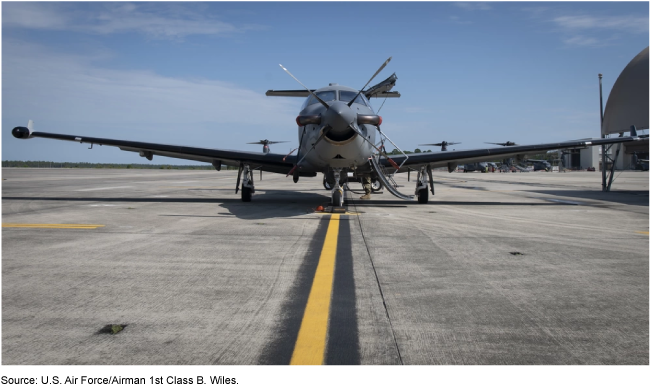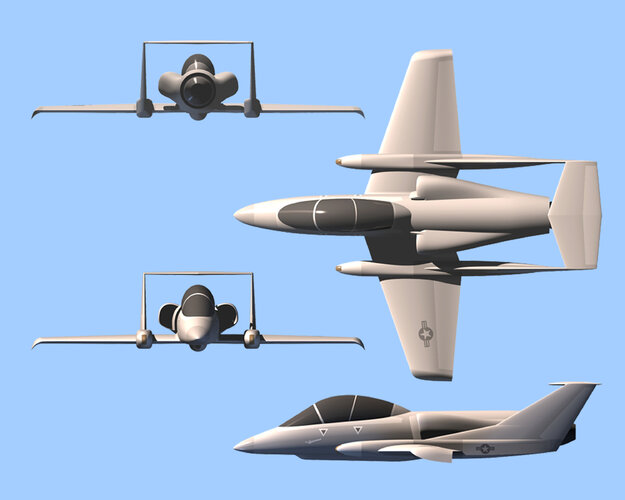So now you need to include the cost of the ZELLs, plus a crane to load the drone onto the ZELL, plus disposable rockets for every single launch. And a parachute to recover the drone at the end, which based on Cirrus aircraft will result in your drone getting dragged into trees and totalled after landing.
All of which are common and cheaply produced components that are substantially easier to supply than whatever JSF needs.
If it gets blown out of the sky before it drops its load, it's useless.
Yeah, and that's going to happen a lot, because modern air defense are extremely lethal.
Better to have something you can afford to lose rather than an expensive thing that can't.
How many of the Russian mobile SAMs are radar guided in some flavor? I mean the ones that are going to be advancing with the Operational Maneuver Group or lead Motor Rifle Regiment. SA-8s and their upgrades, Tunguska, Pantsir, etc. (Yes, SA-9s and SA-13s are IR or optically guided)
Given their performance in Syria against TB-2s, which anyone can view on Twitter as Tor and Pantsirs are obliterated by MAM-Ls, an actually stealthy drone might be even more lethal against them. They seem to have trouble attacking slow propeller powered drones with no stealth shaping whatsoever, who knows how poorly they'd struggle against a stealth aircraft at M0.7.
Well, we know how Pantsir would react, anyway. Storm Shadow isn't be that much different a target from a Q-58.
Nevermind the bigger systems guarding assembly areas etc that a plane doing BAI would have to deal with.
Why are we talking about "BAI"? I thought this was about "CAS".
JSF would kill the long range air defense, because it can actually muster enough jets to do that, instead of babysitting people who are busy losing a battle. Then presumably a mixture of Q-58 and JSF can destroy whatever target was being protected. Or a Typhon MRC or a Pershing III or whatever gets allocated to do the job.
Ah, so we're saying that one drone of (type) can replace 2-3x older aircraft type
No, I'm talking about virtual attrition and mission tasking.
A large number of generally disposable drones for the relatively unimportant job of CAS frees up actually useful aircraft for the relatively more important job of destroying air bases and hitting C3I posts. They would probably be useful for Package Q or Tidal Wave-type strikes that involve high risk, high loss rate sorties into extremely heavily defended air defense zones as well, since they could soak air defense systems and degrade their capacity prior to an assault by manned aircraft.
The latter is the main reason the USAF wants the Q-58 while the former is good for the Army having a few battalions of ZLL trucks carrying Q-58s to support a Corps in theater, and both are good reasons to have a cheap aircraft that can carry a small number of lethal weapons.
Eventually F-16, A-10, and F-15 will be replaced, and probably by JSF, because it's the only platform available. However, the USAF will almost certainly end up with a shortfall of JSFs and B-21s for its final target goals, just like it ended up with a shortfall of ATF and B-2, and something like the Q-58 will need to step in to allow a smaller number of ATF and JSF to do the job that requires literally hundreds more airframes, pilots, and ground maintainers to do.
Because the USAF ain't gonna have all that stuff in the future where it's getting fewer jets, fewer pilots, and fewer maintainers than it needs.



